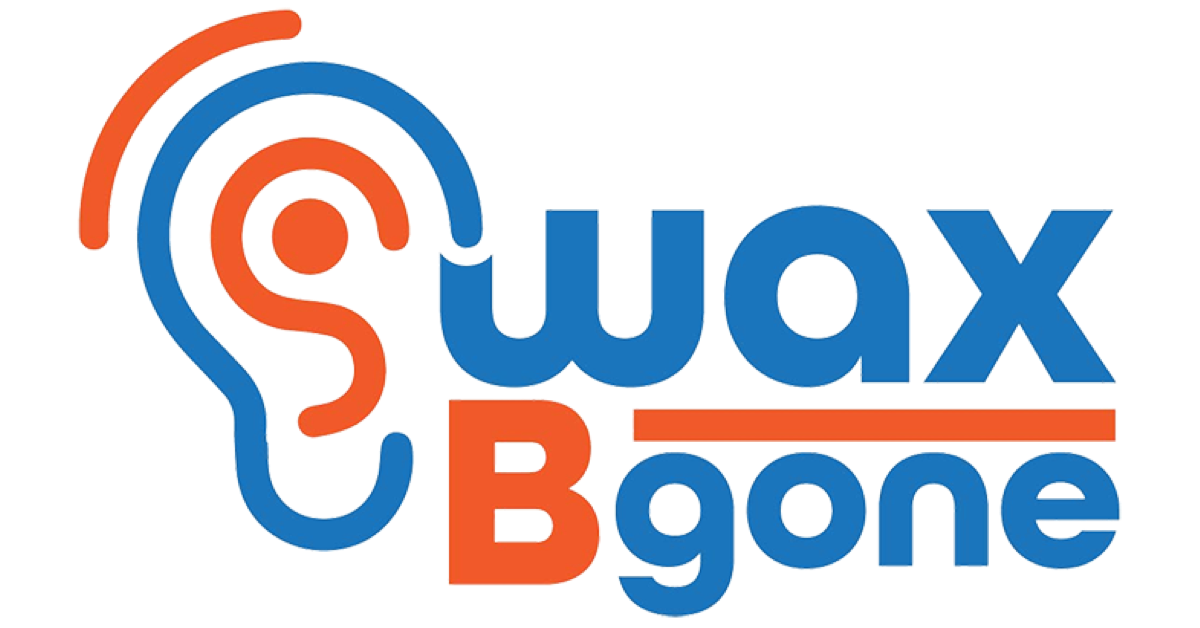Earwax, also known as cerumen, is a natural substance produced by the
ears to protect the ear canal and eardrum from dust, dirt, and other small
particles. However, when too much earwax is produced, it can become
hard and difficult to remove, leading to hearing loss and other ear-related
issues. In this blog post, we will explore the different methods of earwax
removal, including their pros and cons, so you can make an informed
decision about how to remove ear wax safely.
1. Ear irrigation - This is a method of ear wax removal that uses water to
flush out the earwax. It is the only method recommended by the
American Academy of Otolaryngology for in-home earwax removal. A
warm water solution is instilled into the ear canal using a small plastic
spray bottle or rubber bulb syringe to gently flush the earwax out. Pros: It
is very effective at removing ear wax and can be done at home. Cons: It
can be uncomfortable and may cause ear infections if not done properly.
2. Ear drops - These are over-the-counter ear drops that are used in
conjunction with irrigation to soften the ear wax, making it easier to
remove. Pros: Ear drops are easy to use and can be done at home.
Cons: They may not be as effective as other methods and may take
longer to work.
3. Ear candles - Ear candles are a method of earwax removal that
involves lighting a hollow wax impregnated tube and holding it against
the ear. The heat and suction from the candle is supposed to draw out
the earwax. However, multiple scientific studies do not support this
method and it can be dangerous, potentially leading to burns or other
injuries. Pro: None Cons: Not Safe and Not supported by any scientific
evidence
4. Manual removal - An ENT doctor or other healthcare professional can
manually remove earwax using an operating microscope and special
instruments. Pros: This method is very effective at removing ear wax and
is done by a professional, so it is safe. Cons: It can be expensive and
requires making an appointment and taking time out of your schedule.
5. Observation - In some cases, the earwax may resolve on its own, and
your healthcare professional may recommend to just observe and wait
for the wax to fall out by itself. Pros: It's the safest method, does not
require any procedure. Cons: It may take longer for the wax to be
removed, and some people might feel uncomfortable with the presence
of wax.
6. Curettes and Picks – Available as over-the-counter earwax removal
kits, these tools should only be used in skilled hands. The skin lining the
ear canal is very thin and easily injured. Pros: Safe in skilled hands
Cons: Very dangerous and can easily injure the ear canal and eardrum.
7. Earwax removal camera – Very useful to examine the ear canal for
earwax but not very effective to remove wax. Recent reviews by skilled
ear surgeons found that it was difficult to remove wax but easy to injure
the ear.
In conclusion, while ear wax is a natural and necessary substance, it can
cause problems when it becomes too hard and difficult to remove. By
understanding the different methods of ear wax removal, including their
pros and cons, you can make an informed decision about how to remove
earwax safely and effectively. Always consult your healthcare
professional before attempting to remove ear wax at home, and always
follow their guidance when using ear wax removal products.
